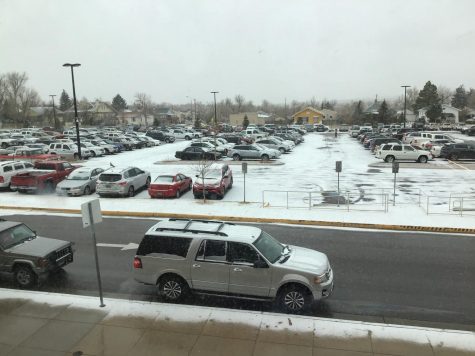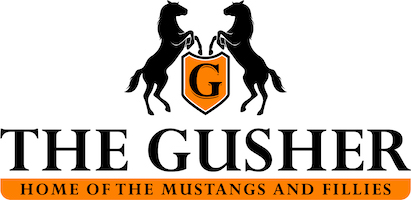Students feel strongly about limitations on flags
December 14, 2020
Tensions run high as students disapprove of NCHS administration’s stance on flags. There are two main types of flags that are seen at NCHS; those that are displayed on apparel and those that are flown from students’ cars in the parking lot. According to Campus supervisor Mark Johnson, “The only flags students are allowed to fly on campus without obtaining prior approval are the United States flag, the Wyoming flag, and the POW-MIA flag.”

Though this seems to be fair, it is when students attempted to fly other flags that problems arose. Johnson said, “Displaying other flags is possible; each is evaluated on a case-by-case basis. Anything displayed on campus must be in good taste and profanity-free. Broad allowances for other flags are permitted during an election season.” The idea that it must be in “good taste” can cause problems as this may be open to interpretation. Unpopular, but appropriate beliefs could be considered in bad taste. This case by case basis evaluation rule is difficult for students to follow, because it may be unclear whether or not the flag will be allowed. Also, the fact that political flags are allowed, while others are not can cause problems.
Students also display flags on shirts during the election season. Johnson said, “These guidelines contribute to maintaining NCHS’s positive image and culture within the greater Casper community while also allowing freedom of expression for students.” However, even though the flag guidelines may have been designed to protect students’ rights, some students feel they do the opposite.
When Kathryn McCarty, an NC sophomore, was asked what she knew about the new flag rule, she pointed out how it is used to target minority groups. “There has been a problem with people getting dress coded for wearing an article of clothing with the LGBTQ+ Flag printed on it,” she said. McCarty also said, “I do not think this is okay because those students aren’t actually breaking any rules. There’s a lot of stigma around the minority group at NC and I believe that this needs to change.”
LGBTQ+ flag dress coding was the topic of discussion at United Club two weeks ago (of which McCarty is a member). United Club’s goal is to unite NCHS. However, unite doesn’t mean turning NCHS into the human equivalent of a monoculture. As McCarty pointed out, “There is a huge division between students and it’s shown in the way we handle these types of situations. Either we need to dress code every single person who wears a flag, or we need to let the students express themselves within our already set limitations.”
Though some students may say that this rule is violating their right of free (symbolic) speech, according to Deanna Barnes, an NCHS history teacher, this isn’t the case. “Students do not leave their free speech rights at the door of the school. Students have the right to express their opinions- popular or unpopular- in whichever form they want with a few restrictions,” Barnes says. Barnes also says that this means that they can’t , “disrupt class or cause a disruption between classes or at school sponsored events, and they still need to follow school rules. That means that obscenity, pro-drug messages, etc. can be censored by the school.”
Though the flags aren’t automatically disruptive, that is one topic on which students and teachers don’t always see eye to eye. “I consider an action disruption when it interferes with other students’ ability to learn,” Barnes says. “I don’t have a hard-and-fast rule, but if the class is paying more attention to another student than they are the lesson or their work, then I would consider that a disruption.”
When asked what students who disagree with a teacher’s judgment of disruptive material can do, Barnes says, “Students can always speak to administration and present their case in a respectful way. That does not mean that students will get their way, because administrators have the entire school to consider, not just one student. From there, a student could speak to administration higher up in the district and, as we see in some landmark court cases, students have challenged decisions in court when they feel they don’t get a satisfactory response from the school district.” Overall though, as a rule of thumb, “a student’s best bet is to consider how their actions impact others whether it follows school rules. As long as I have been teaching, I have wanted my students to form their own opinions and be willing to stand up for what they believe in, ” Barnes says.
